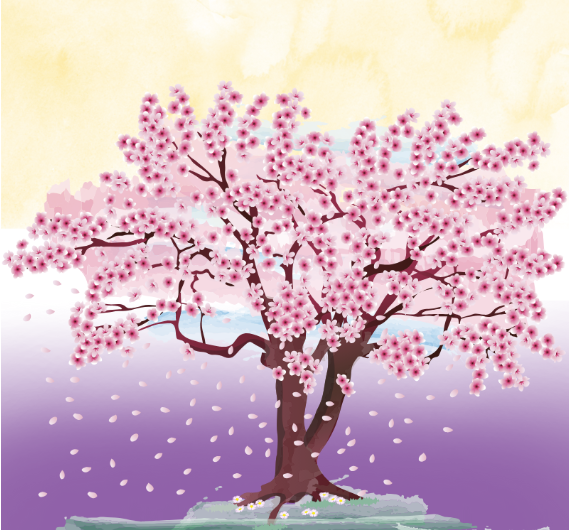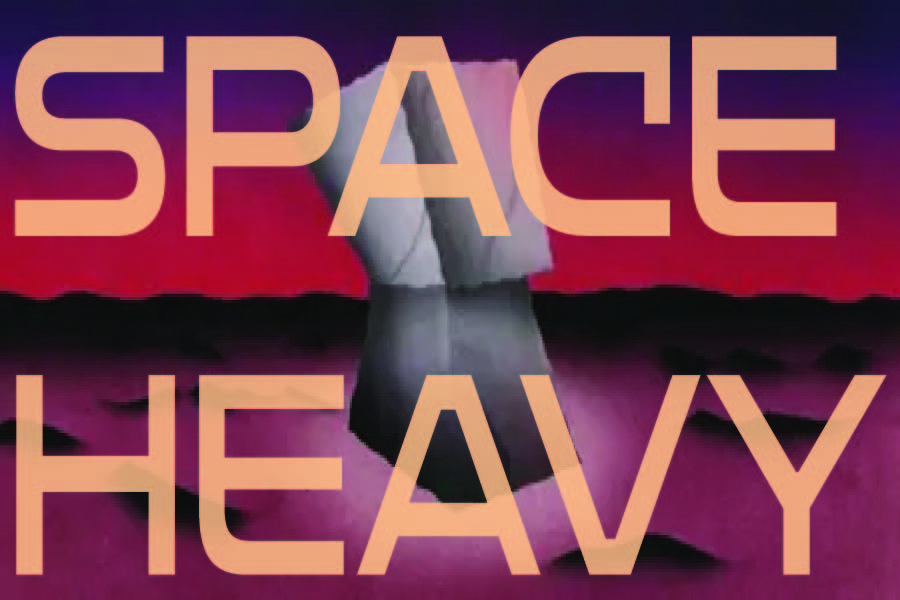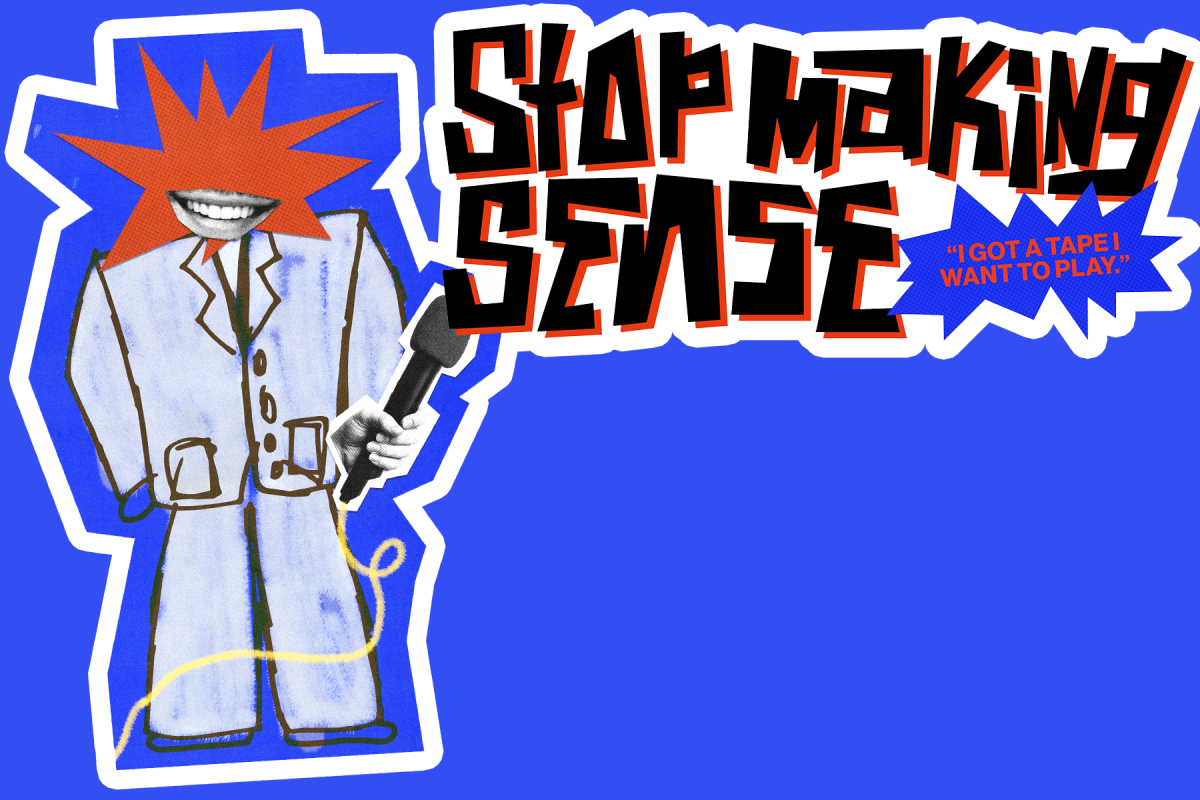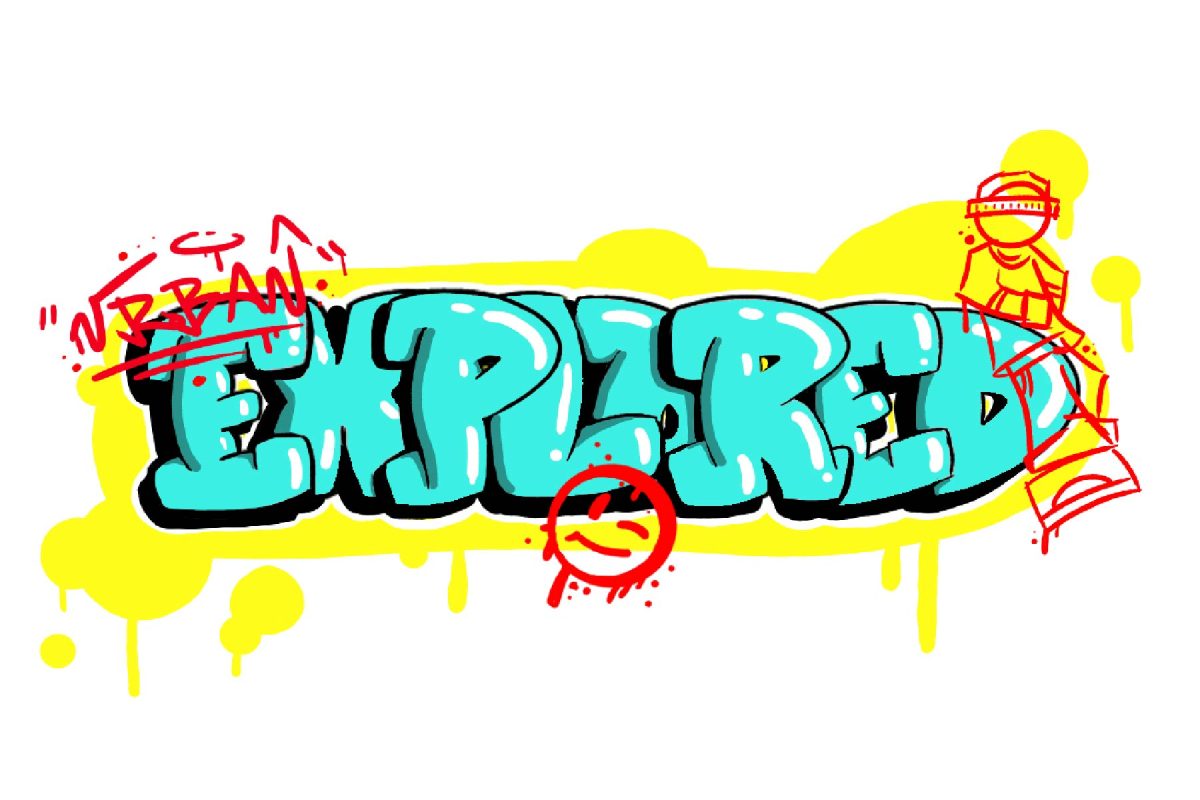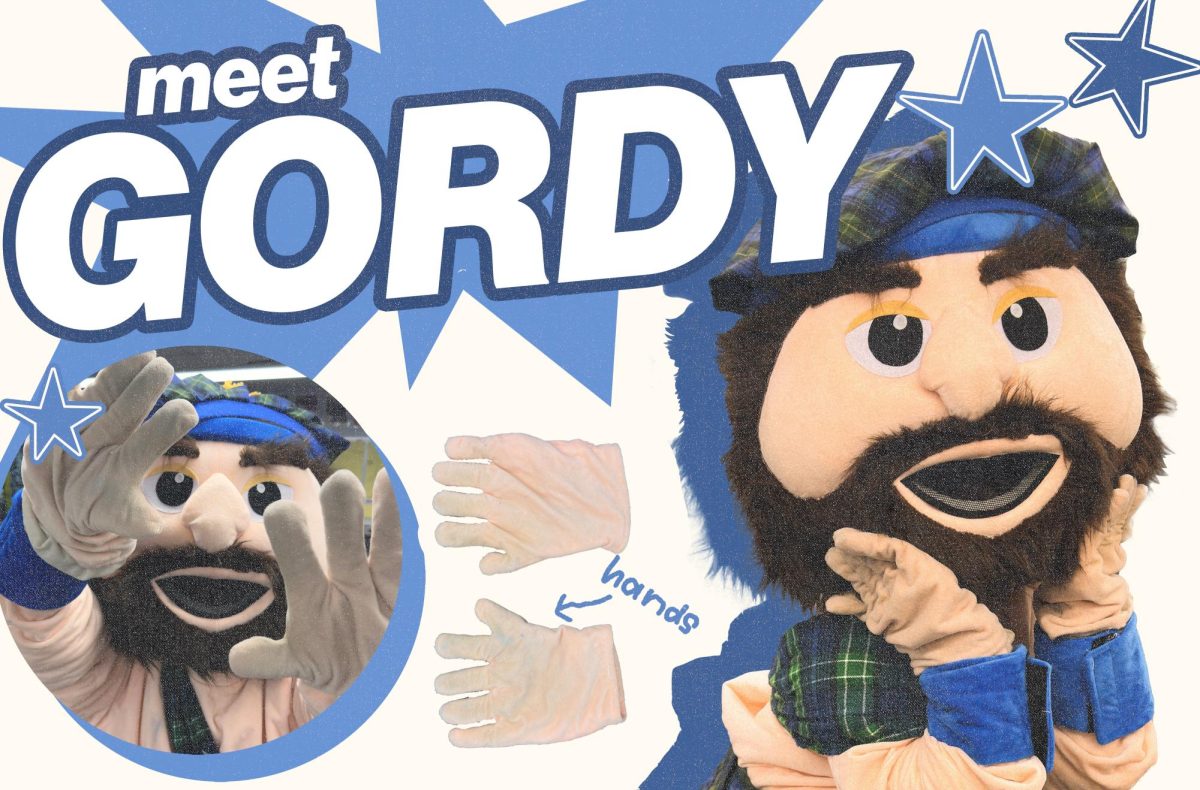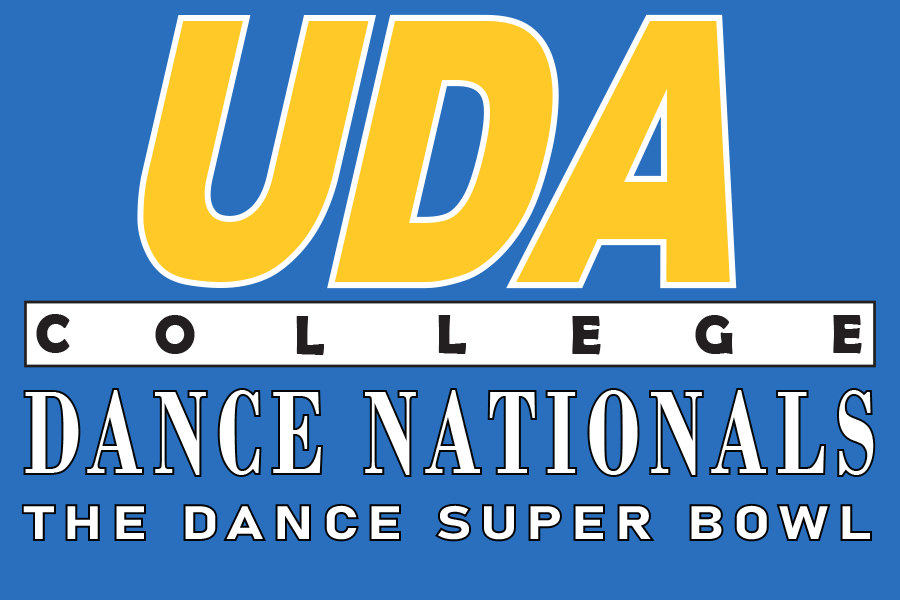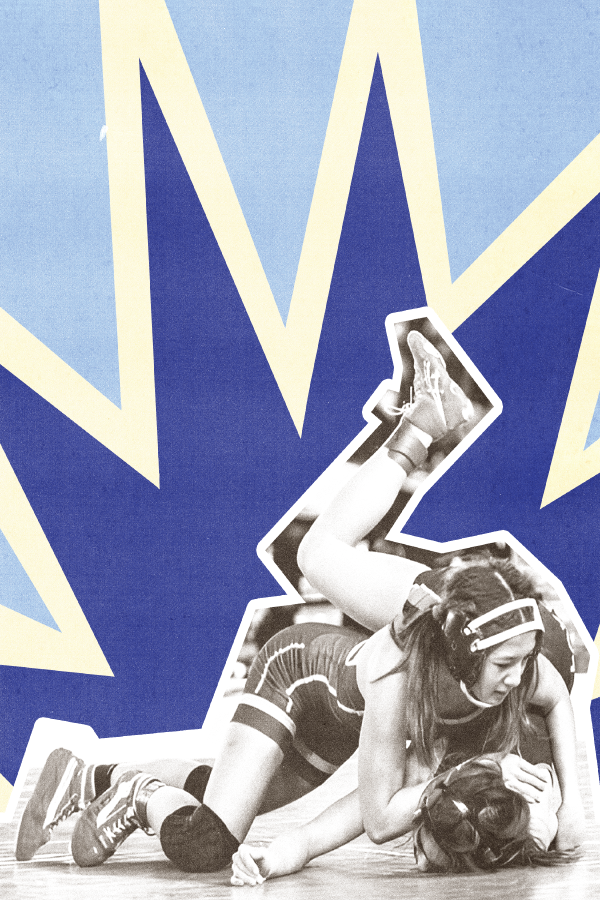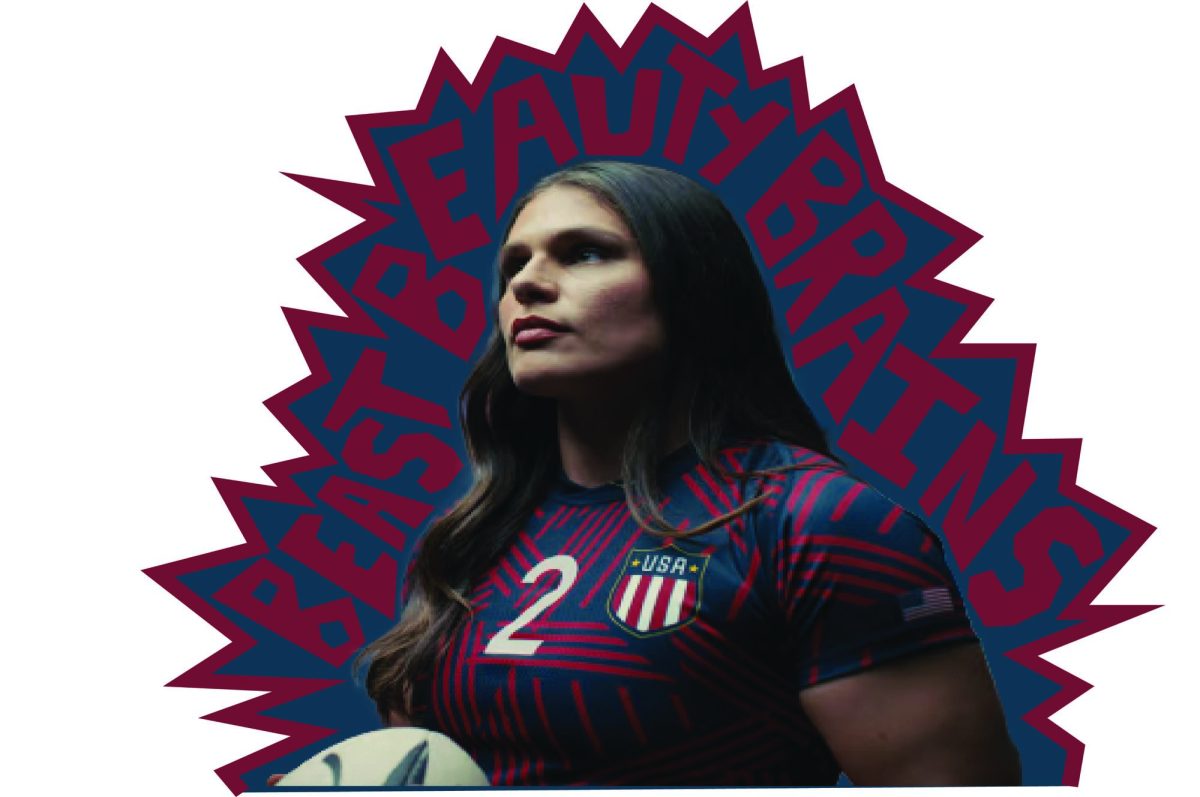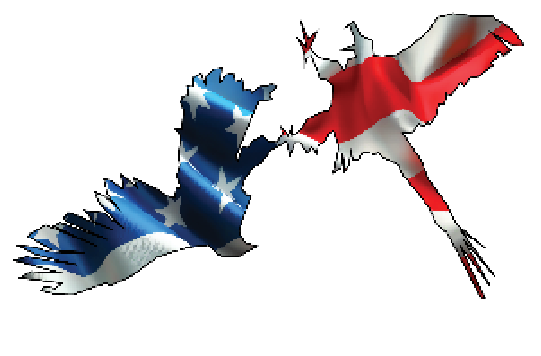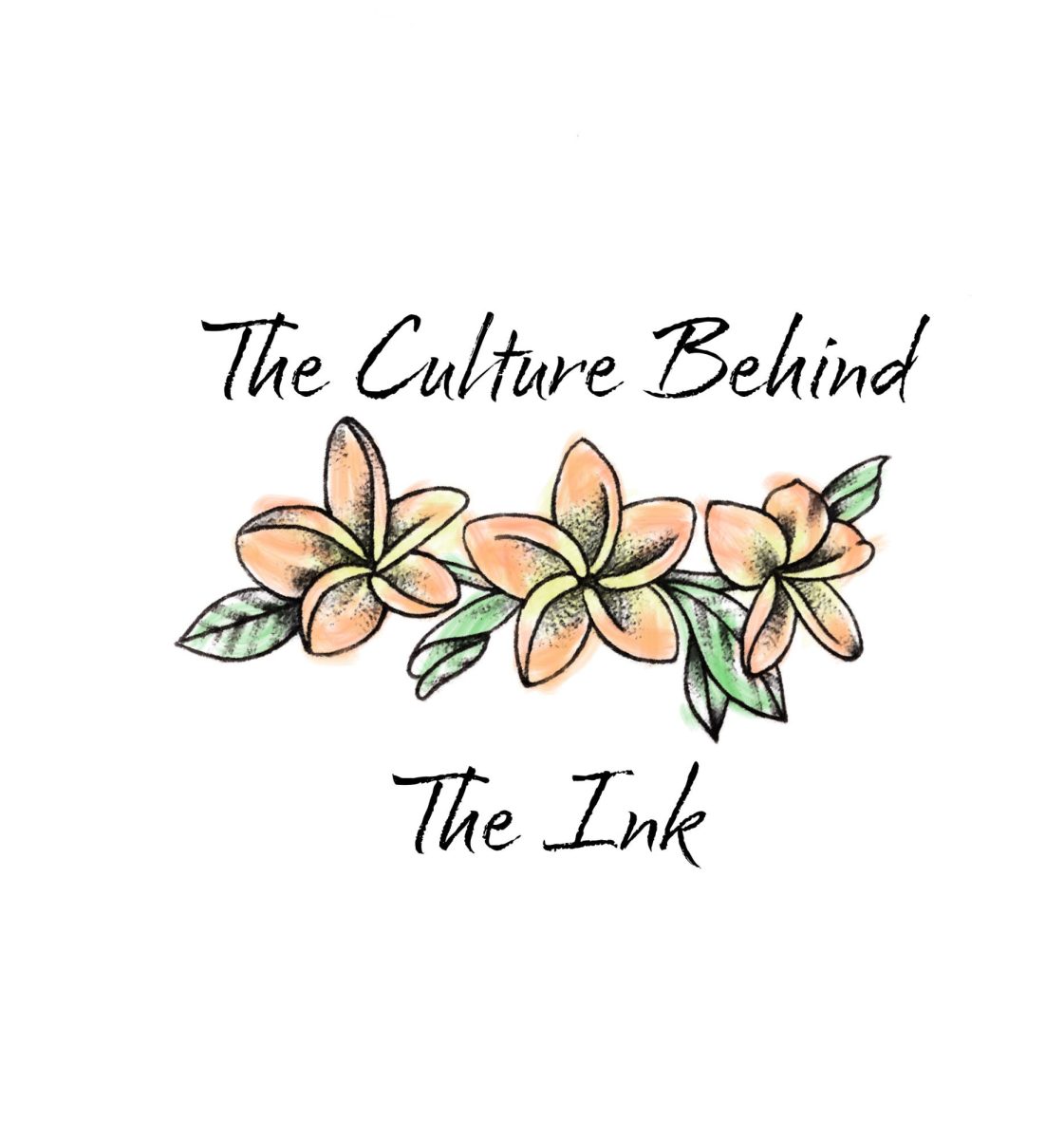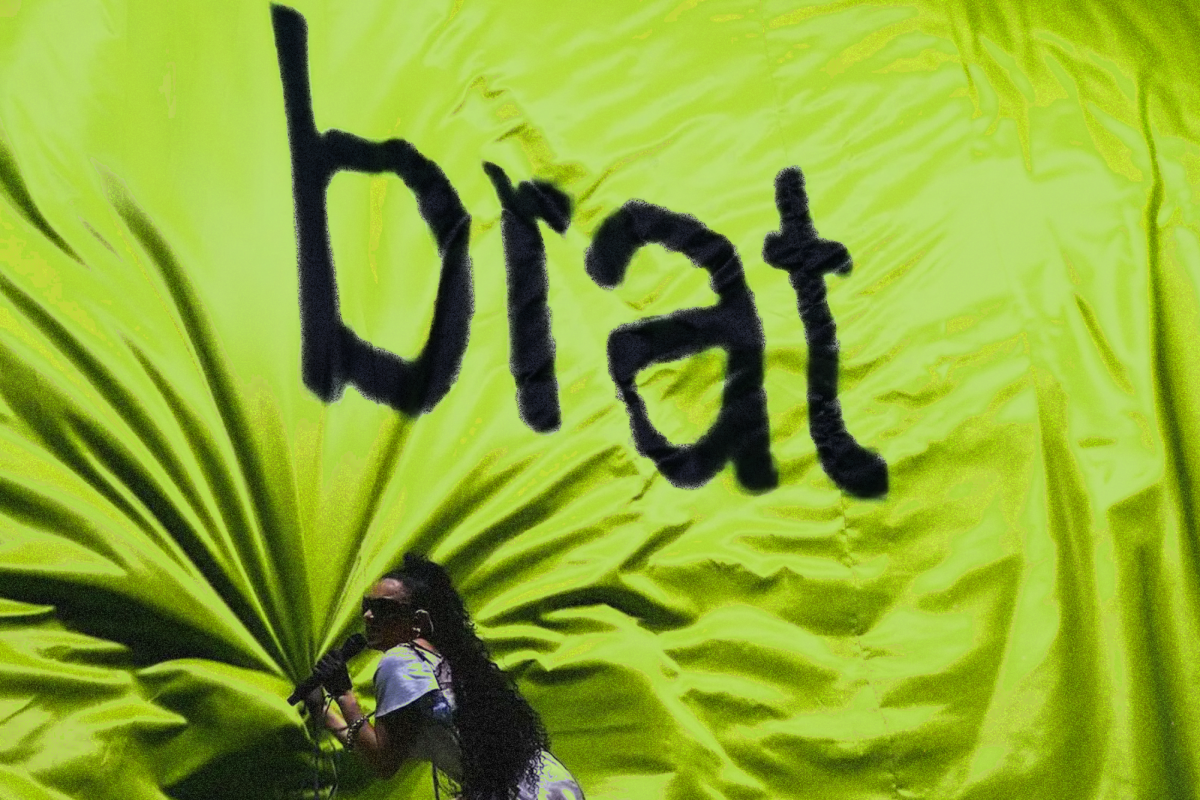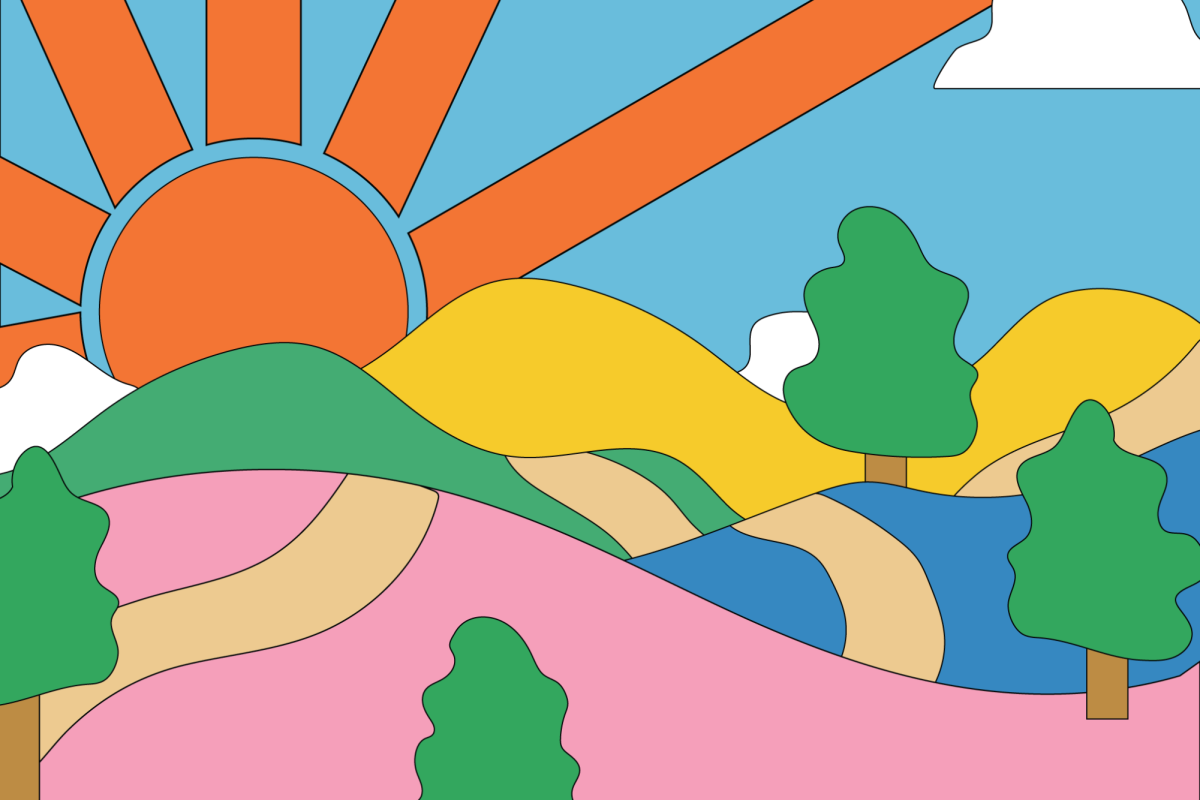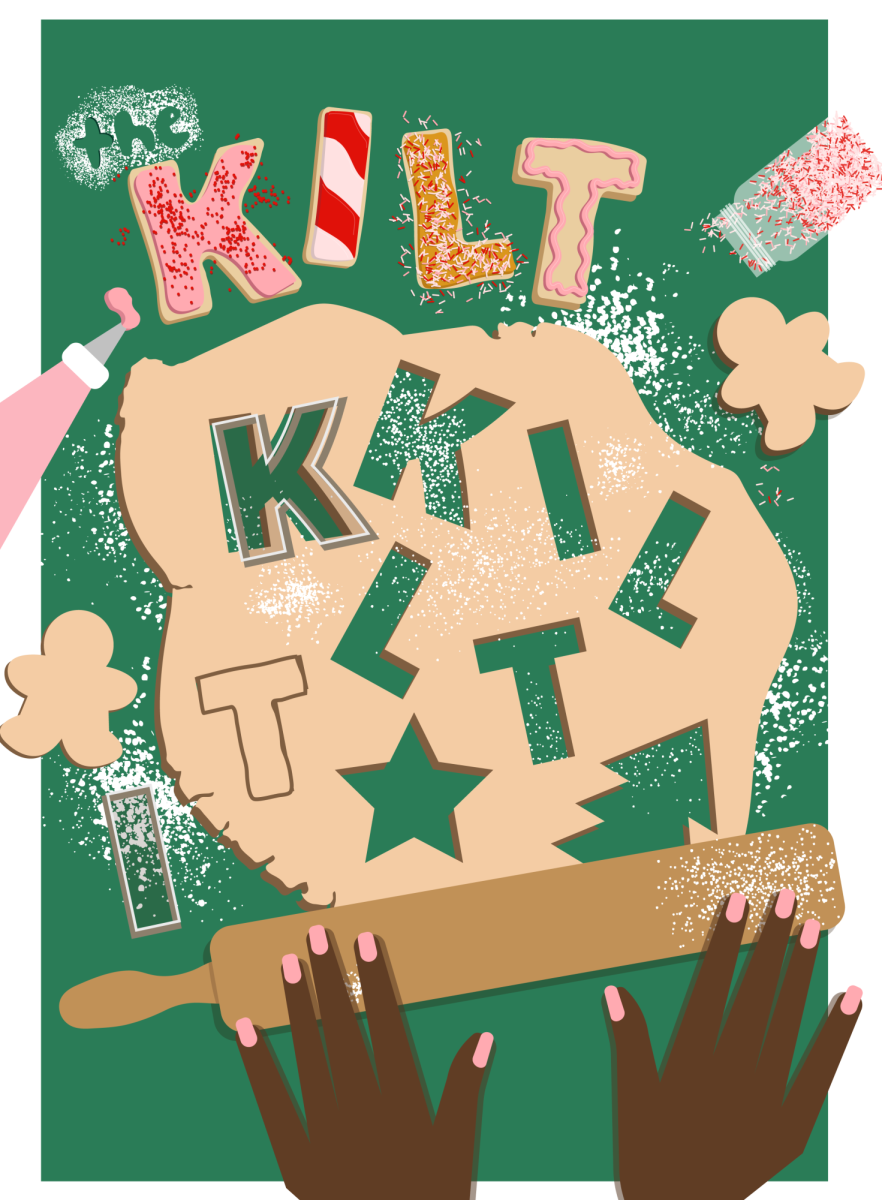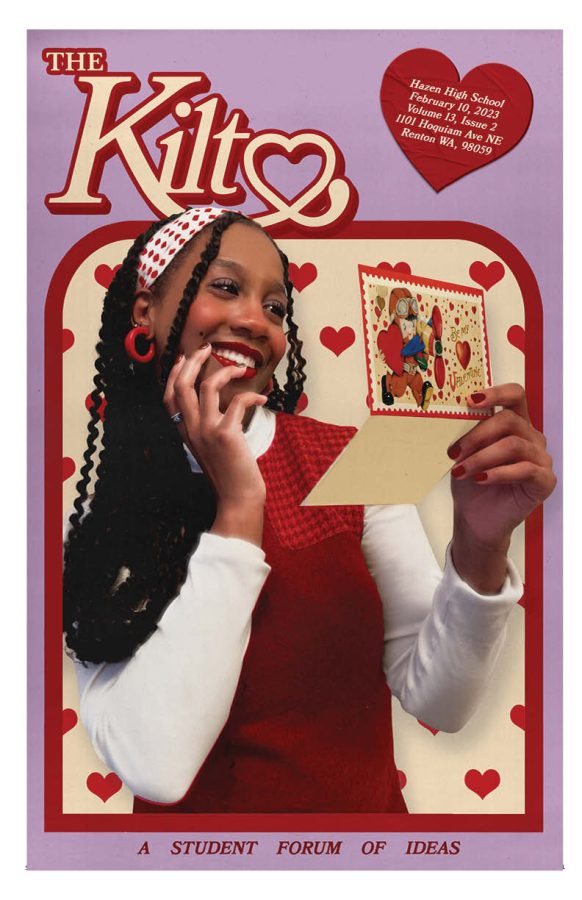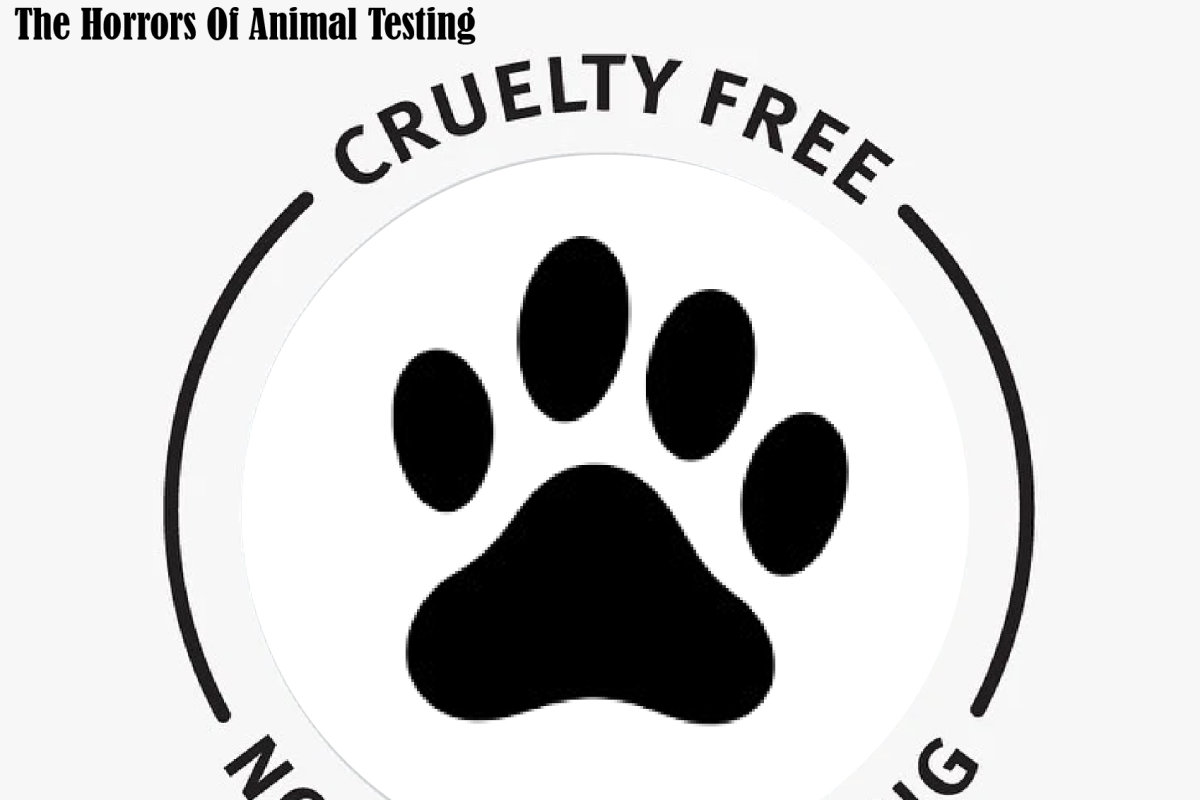Like every other aspect of islander culture, there is a story under the surface. Understanding the deeper meaning behind the food, songs, dances, and overall lifestyle is essential to truly understanding the beauty of a culture and preventing others from being misled and appropriated. Tattoos are no exception. For islanders, the ink embedded into your skin is used to tell your family’s legacy and carry it with you as one. Now, these cultural tattoos have become increasingly popular and can be seen worn by everybody, specifically men. While there are some exceptions to wearing this, the cultural significance is being lost more every day.
As I said before, these tattoos carry our family history and stories. In the past, tattoos marked one’s rank and role in society, such as farmers, fishermen, weavers, and others, and showed strength and honor. In a lot of different Pacific island cultures, each family had their household deity, often an animal or a god, that guided and protected them through their walk of life. These family-specific spirits are often incorporated into a design for the people to wear. Some common animals that are used in tattoos include sea turtles, sharks, hammerhead sharks, manta rays, and whales. Other native plants are used in these designs like the plumeria flower, hibiscus flower, taro plant, Polynesian fern, and more, representing beauty, life, and perseverance.
There are many similarities in design between Polynesian cultures, but each has its subtle differences. Traditional Hawaiian tattoos are very geometrical and symmetrical, utilizing different triangle and square-shaped patterns, while Tahitian tattoos are fluid and smooth with organic shapes and designs. Maori tattoos are very detailed and intricate, featuring spiraled movements. Samoan and Marquesan tattoos feature dark designs with Marquesan being the darkest and filling the majority of the area with dark blocks, and Samoan pairing other designs with these dark areas.
Throughout all of Polynesia, you can find some similarities between food, practices, dances, and more, but each has its notable qualities that give them their own beauty. This applies to tattoos, but with all the recent popularity of Polynesian tattoos, lines are being broken, and everything is being mashed together. It seems like people are taking different parts of different Polynesian tattoos and mixing them, almost as if a new culture was created with its own style of tattoo. Because of this, now it is hard to decipher what tattoo is from what culture. Along with all this blending happening in designs, the significance is fading out of the design.
Now depending on who you ask, you will get different opinions about other people wearing our tattoos. Some are thrilled to see the love and passion of our culture being shared, while others feel bitter and ill toward the idea. I share a bit of both opinions, as I am grateful that my culture has some sort of attention. On the other hand, I do get a little frustrated sometimes seeing a random person with a tattoo, and they have no idea what they are wearing on their body. The main idea is that if you are going to carry our culture, you should know what you are carrying instead of blatantly getting a random design tattooed on your body. Details from the type of tattoo all the way down to where you are getting it tattooed all have a major significance behind it.
No matter the meaning, all of these tattoos are important to our culture. Keeping the culture in the creation is what I think matters the most. Our culture is not just another accessory to be on display for others to look at, it is beautiful as much as it is meaningful. So, if you or another person is thinking of getting a tribal tattoo, get educated and make sure you are representing a beautiful, strong, and powerful culture and its heritage.

